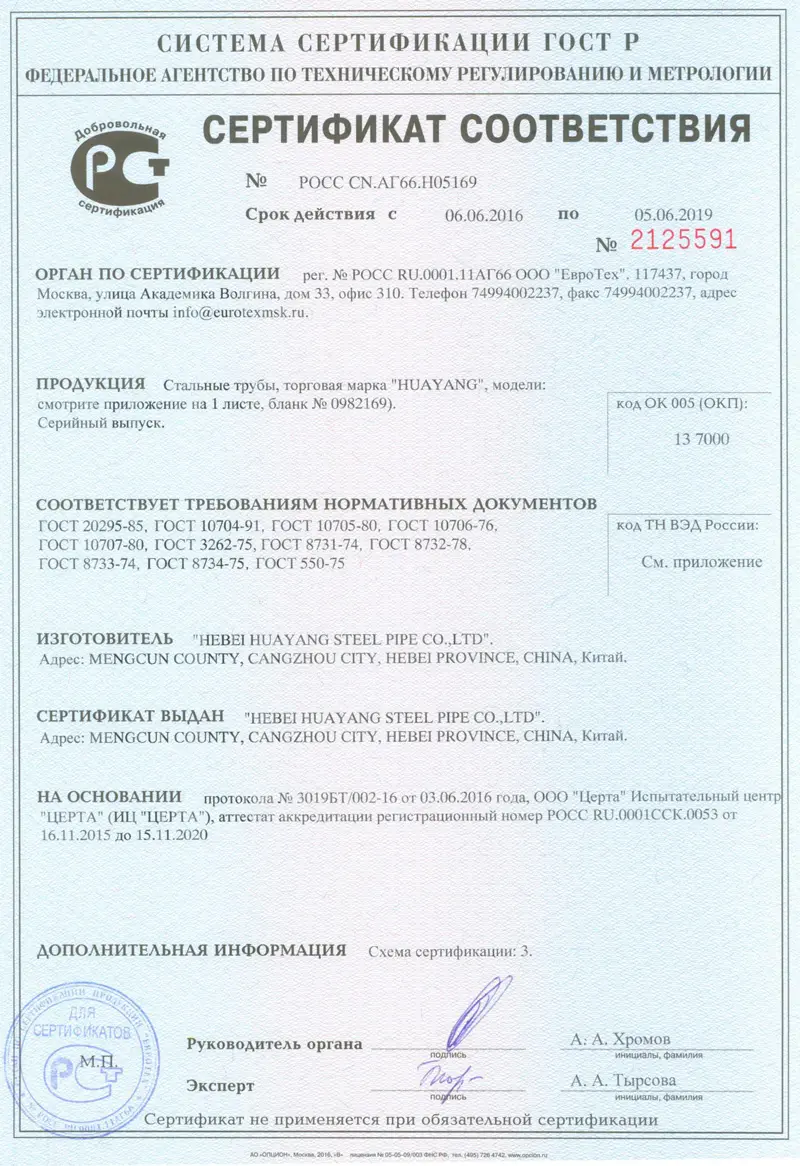
Nov . 11, 2024 07:32 Back to list
methyl hydroxyethyl cellulose manufacturers
Methyl Hydroxyethyl Cellulose Manufacturers A Comprehensive Overview
Methyl Hydroxyethyl Cellulose (MHEC) is a versatile chemical compound that plays a crucial role in various industries, ranging from construction to pharmaceuticals and personal care products. Its unique properties, such as water retention, thickening, and film-forming capabilities, make it an essential ingredient in many applications. As the demand for high-quality MHEC continues to rise, the role of manufacturers in supplying this compound becomes increasingly significant. This article explores the landscape of MHEC manufacturers, their processes, and the future of the industry.
What is Methyl Hydroxyethyl Cellulose?
Methyl Hydroxyethyl Cellulose is a non-ionic cellulose ether derived from natural cellulose. It is produced by modifying cellulose through a chemical reaction with methyl and hydroxyethyl groups. The resulting compound is soluble in water and forms a viscous gel, which is advantageous in numerous applications. MHEC is most commonly used in construction materials like mortars and tile adhesives, as it improves workability and water retention. Additionally, it is utilized in paints, coatings, and personal care products, such as lotions and shampoos, for its emulsifying and thickening properties.
The Role of Manufacturers
Manufacturers of MHEC play a pivotal role in ensuring a steady supply of this essential compound. They utilize advanced technologies and processes to produce high-quality MHEC that meets the specific needs of various industries. The production process typically involves several key stages
1. Raw Material Procurement Quality raw materials are crucial for producing MHEC. Manufacturers source high-grade cellulose from reliable suppliers to ensure the integrity of their final product.
2. Chemical Modification The cellulose is subjected to chemical reactions involving methyl and ethylene oxide compounds. This modification alters the properties of cellulose, resulting in the formation of MHEC.
3. Purification After the chemical modification, the product undergoes purification to remove any unreacted materials and impurities. This step is vital to maintaining the quality and performance of MHEC.
4. Drying and Milling The purified MHEC is then dried to achieve the desired moisture content and milled into the required particle size. This final step ensures ease of handling and incorporation into various formulations.
5. Quality Control Manufacturers adhere to strict quality control measures throughout the production process. Each batch of MHEC is tested for viscosity, solubility, and other critical parameters to ensure consistency and reliability.
methyl hydroxyethyl cellulose manufacturers

Key Players in the Industry
Several companies are prominent in the MHEC manufacturing sector. These manufacturers often specialize in producing high-quality products tailored to specific applications. They invest in research and development to innovate and improve their offerings continually. Some of the well-known manufacturers of MHEC include
- Dow Chemical Company A leading player in the specialty chemicals market, Dow offers a range of cellulose ethers, including MHEC, known for its high performance in construction applications.
- Ashland Global Holdings Inc. Ashland manufactures a variety of cellulose derivatives, including MHEC, focusing on applications ranging from building products to personal care and pharmaceuticals.
- Shin-Etsu Chemical Co., Ltd. This Japanese company is a renowned supplier of cellulose ethers, including MHEC, serving various industries with high-quality and innovative solutions.
Future Trends in MHEC Manufacturing
The future of MHEC manufacturing is poised for growth driven by several trends. The construction industry's expanding needs for high-performance materials will continue to boost MHEC demand. Moreover, the increasing awareness of sustainability and eco-friendly products is paving the way for manufacturers to develop bio-based or green alternatives to traditional MHEC.
Additionally, advancements in technology are set to improve manufacturing efficiency and reduce production costs. Automation and digitalization will play a significant role in streamlining operations, enabling manufacturers to meet the rising demand while maintaining product quality.
Conclusion
Methyl Hydroxyethyl Cellulose manufacturers are at the forefront of innovation and supply in various industries. Their ability to produce high-quality MHEC is vital for meeting the evolving needs of the market. As the demand for MHEC continues to grow, the role of these manufacturers will only become more critical, ultimately shaping the future of this versatile compound. With ongoing advancements in technology and an increased focus on sustainability, the MHEC manufacturing sector is well-positioned for continued success.
-
Versatile Hpmc Uses in Different Industries
NewsJun.19,2025
-
Redispersible Powder's Role in Enhancing Durability of Construction Products
NewsJun.19,2025
-
Hydroxyethyl Cellulose Applications Driving Green Industrial Processes
NewsJun.19,2025
-
Exploring Different Redispersible Polymer Powder
NewsJun.19,2025
-
Choosing the Right Mortar Bonding Agent
NewsJun.19,2025
-
Applications and Significance of China Hpmc in Modern Industries
NewsJun.19,2025







